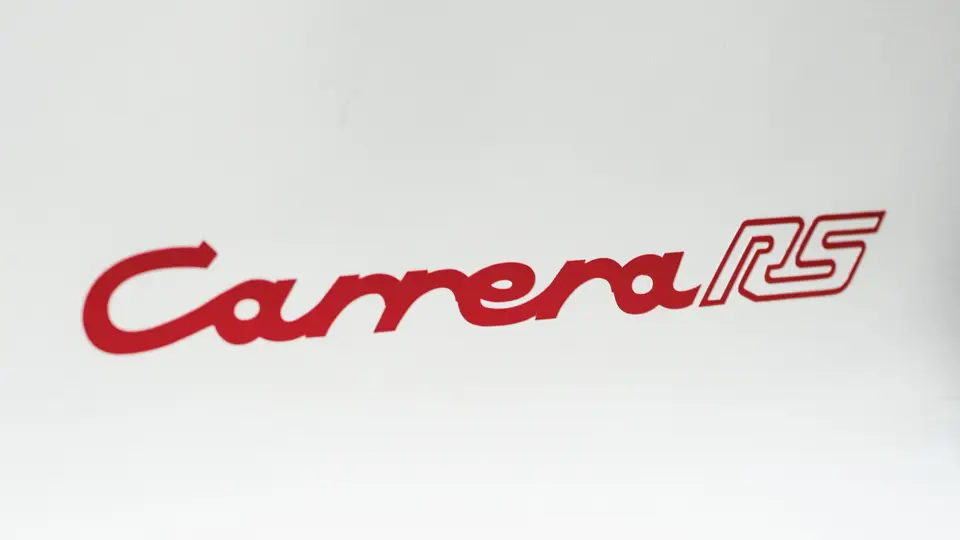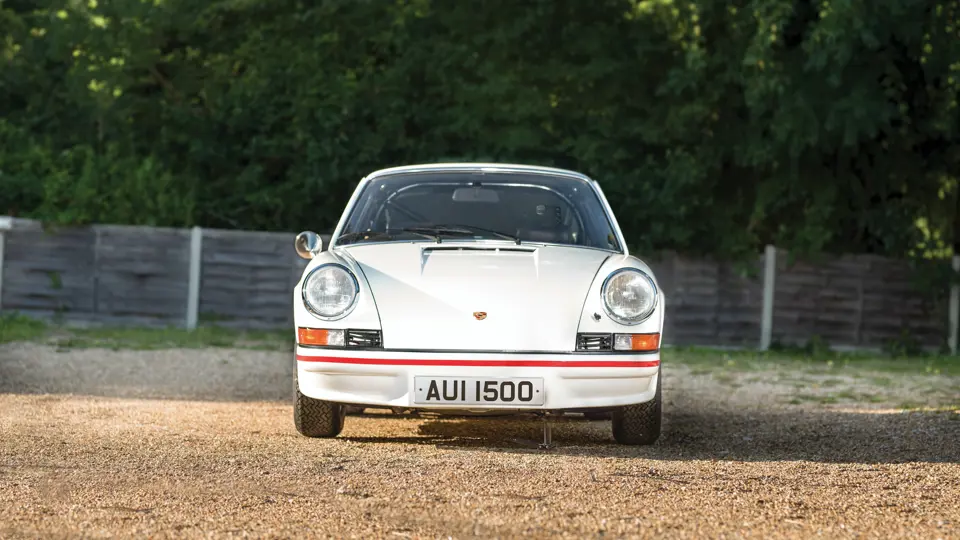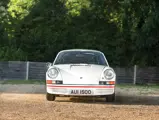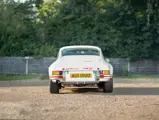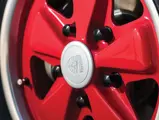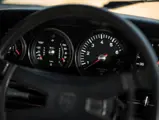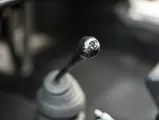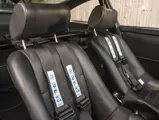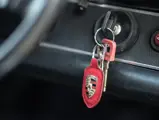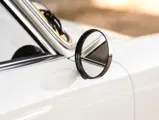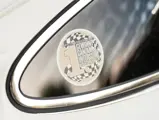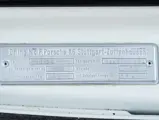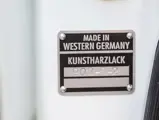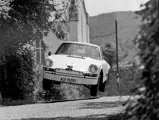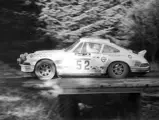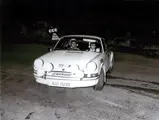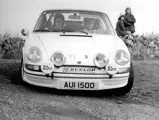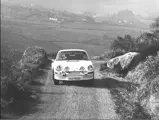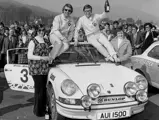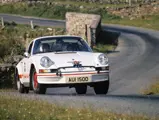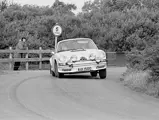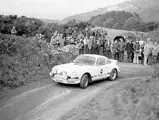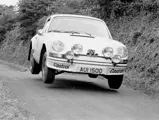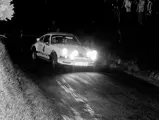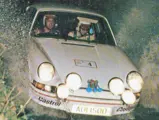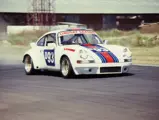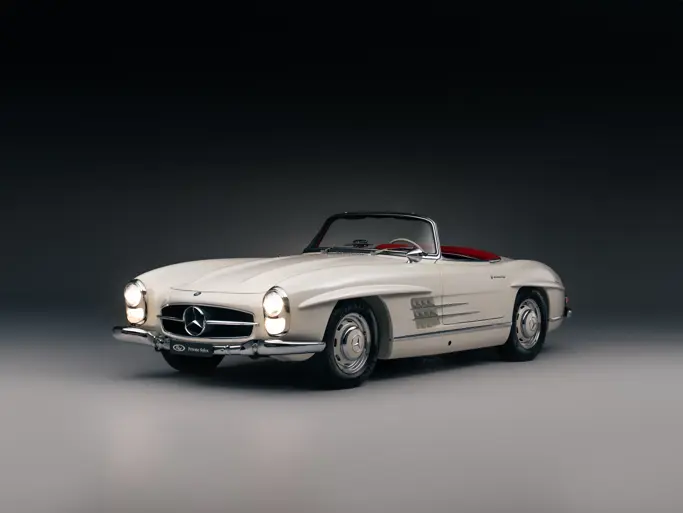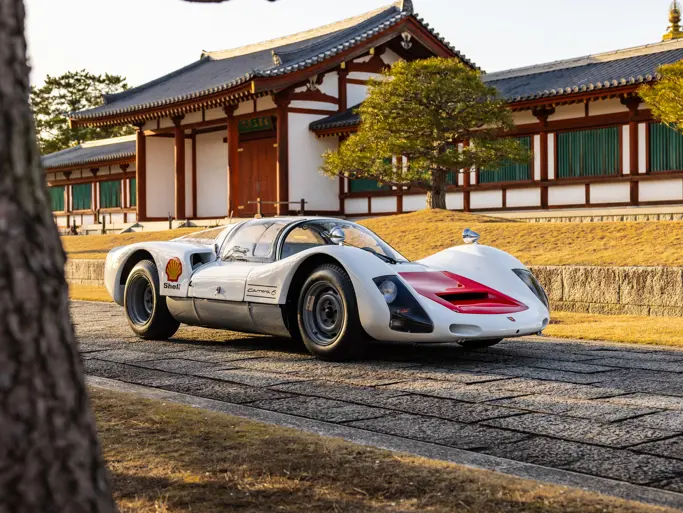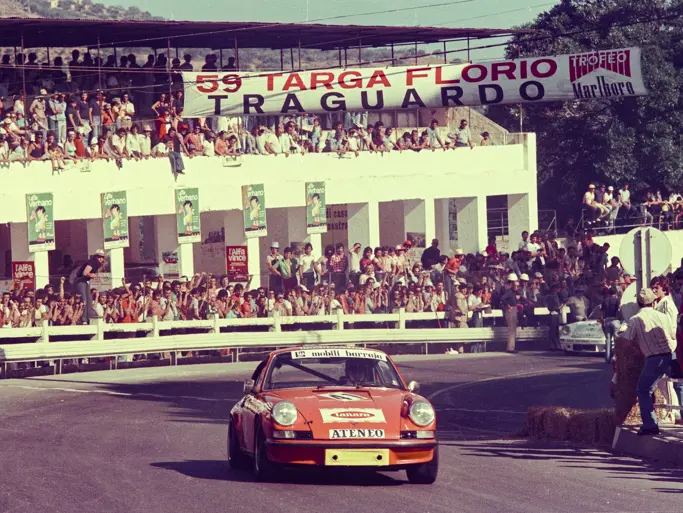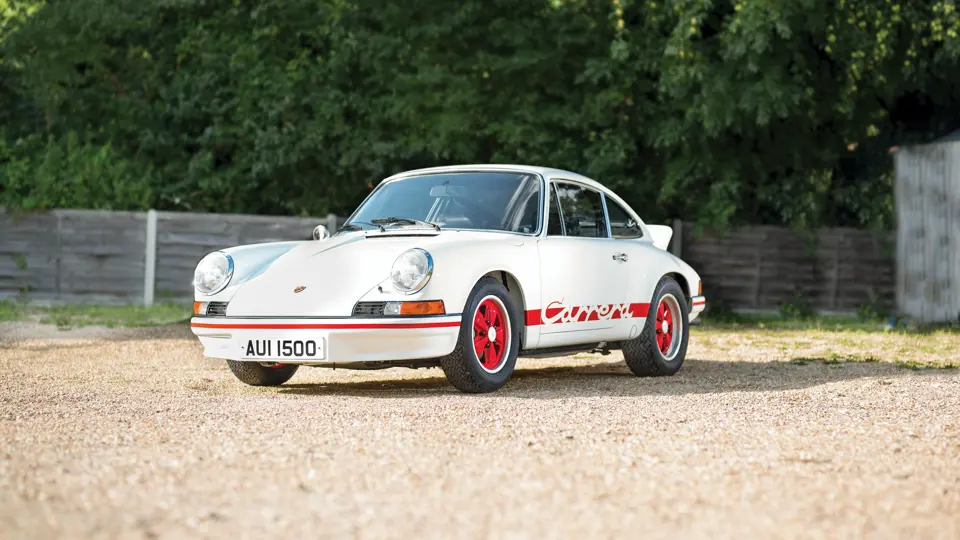
1973 Porsche 911 Carrera RS 2.7 Lightweight
{{lr.item.text}}
£825,000 - £1,000,000 GBP | Not Sold
{{bidding.lot.reserveStatusFormatted}}
- Widely considered to be the most successful Carrera RS 2.7 in international rallying
- Winner of the 1974 Circuit of Ireland, Donegal International and Castrol Manx International Rallies
- Exhaustively researched rallying history of nearly 40 rallies, including 14 international events
- The last of 17 RHD 2.7 RS Lightweights
- Four-year highly authentic restoration overseen by an acknowledged RS specialist
Boasting a hugely successful rallying career in Ireland and Great Britain, this late-production Carrera RS is the beneficiary of a recent four-year restoration that has returned the car to stunning, factory-authentic condition. Chassis number 9113601501 is one of just 17 lightweight examples configured with right-hand drive, and the final one sold in Great Britain. The car was therefore equipped with many of the latest homologation racing features concurrently utilized on the factory-campaigned RSR examples, including the shorter suspension trailing arms that desirably improved handling.
Finished in white paint with red Carrera script, the 2.7 RS was sold new to Harold Morley, a British rally driver who had won the 1972 Motoring News Rally Championship. This car is the second of two Carrera RS Lightweights that Morley purchased from Porsche of Great Britain in 1973, registered on 1 August as ‘OM 77’. Morley entered the 911 in three international rallies during 1973, including the final round of the World Championship, the RAC Rally, where the car was the highest-finishing Porsche and winner of the team prize.
In January 1974, Morley sold the 2.7 RS to Cathal Curley, a highly accomplished Irish driver. Borrowing £8,500 to finance the purchase and with no money left over for insurance, Curley re-registered the Lightweight ‘AUI 1500’, and with this designation the car achieved its greatest feats, which were widely captured in media and the popular imagination, even being the subject of a pop song! At the gruelling five-day, 1,200-mile Circuit of Ireland Rally in April 1974, Curley emerged victorious, beating some half-dozen other RSs.
It then went on to win the Donegal International Rally in June, beating one of the new alloy-bodied Carrera RS 3.0 examples while earning Curley his third annual victory at the event. It was during this momentous win that photographer Esler Crawford snapped an iconic image of AUI 1500 as it launched several feet off the ground from a rise in the course, a picture that has been widely reprinted.
In September 1974, Curley entered the RS in the Castrol Manx International Rally, and once again managed to defeat some of the period’s greatest rally drivers, including Roger Clark. The victory marked Curley’s third outright win on a major tarmac rally, and he finished the 1974 season in 4th place in the RAC Championship, and 8th in the Castrol Autosport Championship. The season was also notable for the sponsorships that accompanied it, with AUI 1500 being featured prominently in period print advertisements for Porsche and Dunlop, and receiving support from Porsche GB and Porsche A.G. in Stuttgart. After flirting with retirement following the season’s conclusion, Curley entered AUI 1500 for a final race at the Galway International Rally in 1975 and led the event until retiring.
The Lightweight then passed to several British owners over the next four years, continuing an arduous racing career that saw almost 40 rallies, including 14 international-level events, including the 1978 RAC Rally. After the model’s homologation eligibility expired in 1979, AUI 1500 was sold to an enthusiast in South Africa, where it was entered in several local rallies.
The 2.7 RS was acquired by South African Albert Van Heerden, then upgraded in 1984 to Group 4 RSR specifications (including a 3.4-litre twin-plug werks engine) and raced in events such as the Rolo Motor Historics Championship. Van Heerden’s racing resume came to an inauspicious end leading from pole at the Kyalami circuit in Johannesburg in 1987, when an accident rolled the car and left the driver unhurt but badly shaken. Too damaged to warrant repairs at that time, the RS Lightweight was sold to a private Porsche collector who domiciled the car in unrepaired condition for 23 years. In 2010, the collector offered the 911 for sale, and it was purchased by the consignor, a well-known RS expert residing in Great Britain.
He meticulously planned, then commenced, a comprehensive restoration, returning it to original factory specifications utilizing as many new original-stock parts as possible, which were sourced at great effort. The roof, wiring loom and dated parts, for example, were sourced from donor cars made in the same period, carefully installed and attached. Particular care and attention was given to repairing the original shell retaining factory welds where possible and replicating new welds carefully completed to look identical to the originals they replaced. The last two available original right-hand-drive floor panels were obtained from Porsche’s Parts department, and a proper 911/83 crankcase was sourced for a rebuild of a correct engine, which was then re-stamped with a proper AT (abschrift) replacement suffix.
To authenticate the RS’s identity, the car was fully inspected by Porsche AG and issued a new factory chassis plate. The managing director of Porsche Cars Great Britain and the registry secretary of the Porsche Club of Great Britain both wrote letters testifying to the importance of the car. Completed in April 2014, the meticulous restoration is believed to be the most comprehensive private refurbishment ever conducted on a 2.7 RS.
AUI 1500 immediately commenced a celebratory exhibition tour, photographed the day after the restoration’s completion on the finish ramp of the Circuit of Ireland, 40 years after winning the rally. Commemorative appearances at Donegal and Manx soon followed, as well as a special invitation for display among Porsche museum cars at Brands Hatch when it returned to the UK.
In April 2016, chassis number 9113601501 returned to Ireland for a race re-enactment, joining 172 rally cars through six different stages. Curley and his co-driver, Austin Frazer, were able to drive the car again and reunited with Donegal co-driver, Terry Harryman, and autographed the underside of the front decklid. The RS was also prominently featured in the August 2016 issue of Classic Porsche magazine.
One of just 17 2.7 RS Lightweights distributed to Great Britain, and one of 200 built for worldwide use, this distinguished 911 makes a solid claim as ‘the most successful 2.7 Carrera RS of all time’, as writer Mark Copeland described in his book researched over 20 years. Meticulously restored, authenticated by the factory and respected Porsche experts, and benefitting from an incredibly detailed restoration that has maximized and reinstated originality to a remarkable degree, this outstanding 2.7 RS is also accompanied by an FIA Historic Technical Passport that qualifies it for numerous vintage events worldwide. It should expect a warm welcome at club events and Porsche gatherings, as one of the most impressive examples of Stuttgart’s most celebrated 911s.







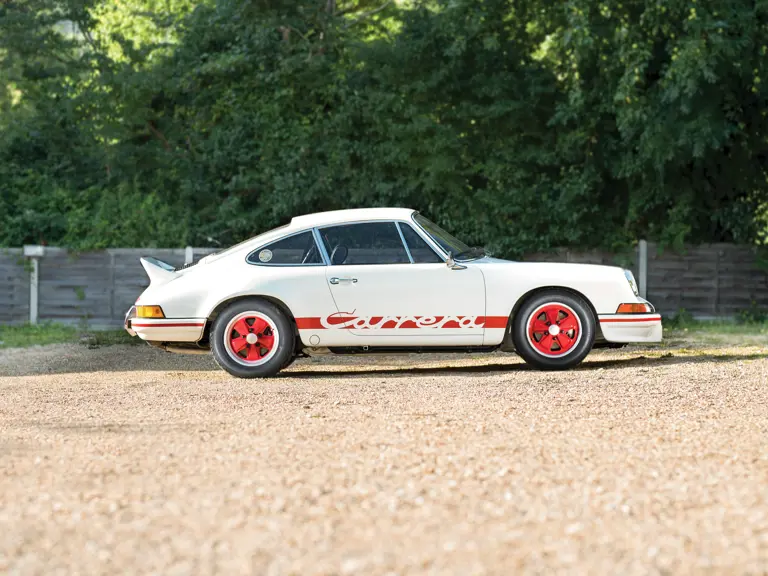
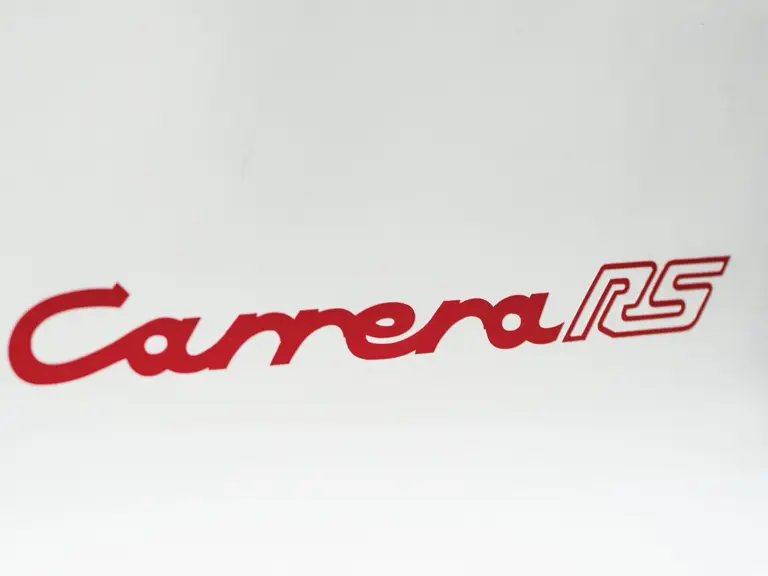
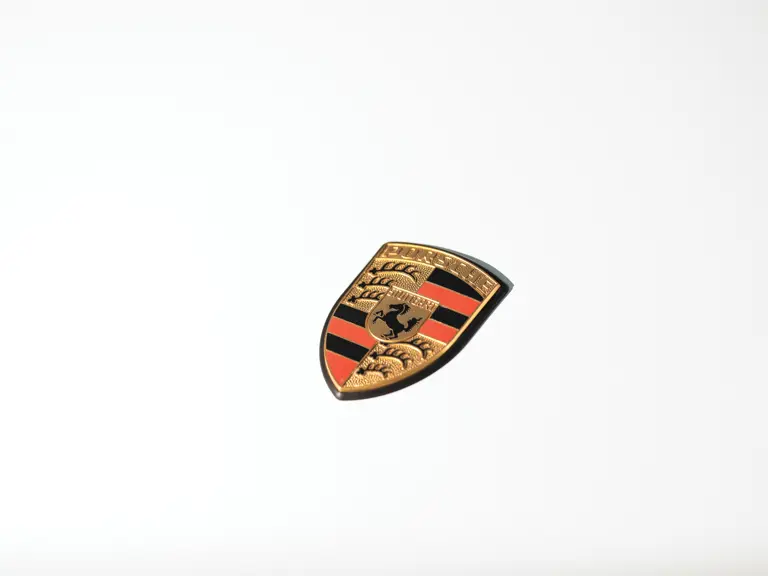

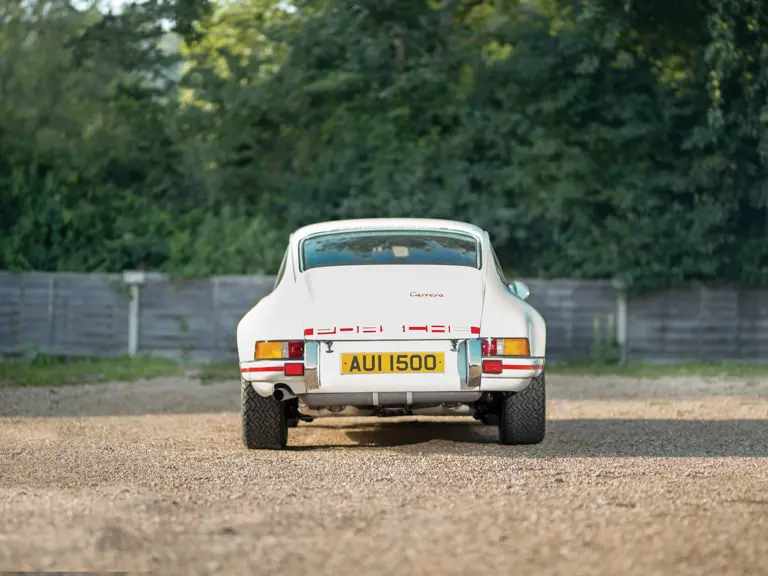

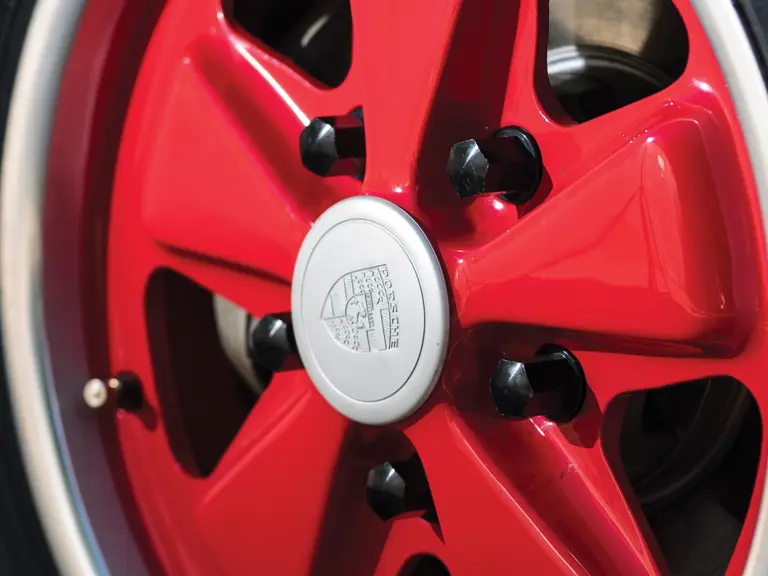



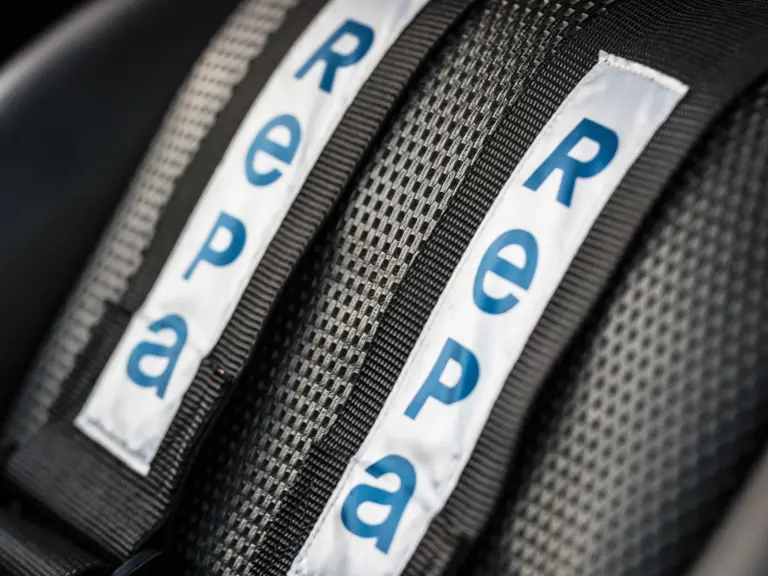
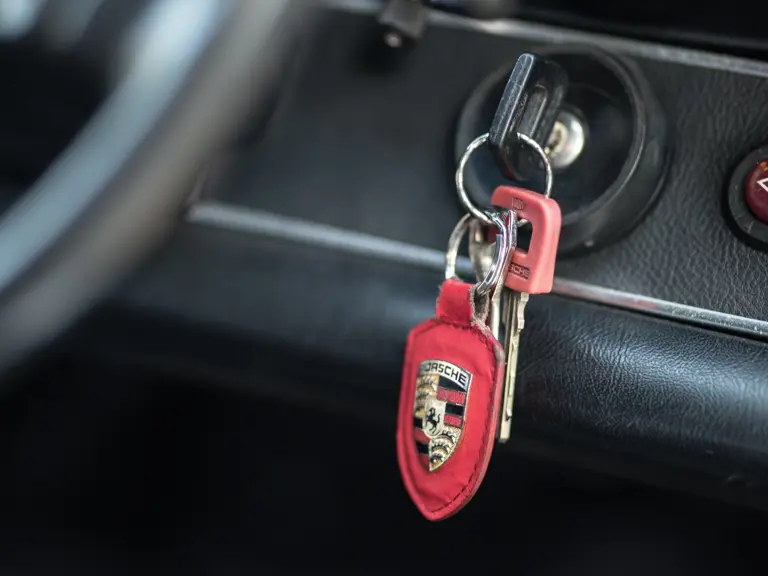
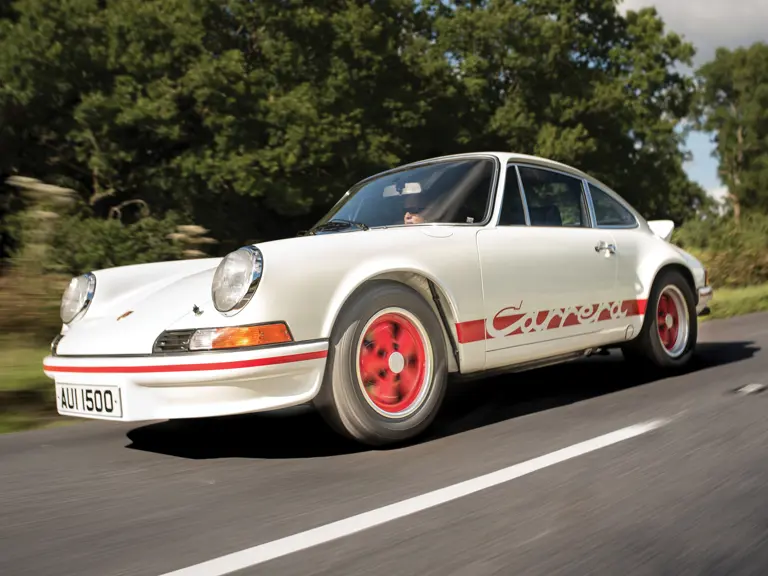

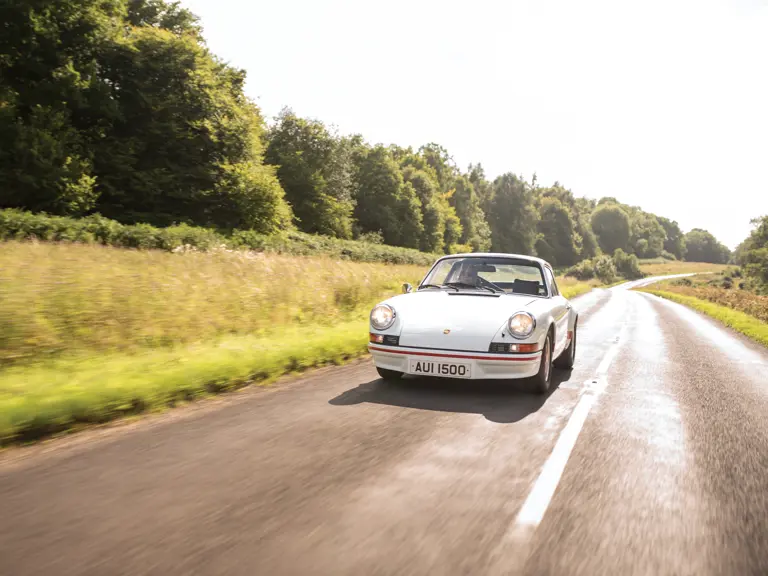
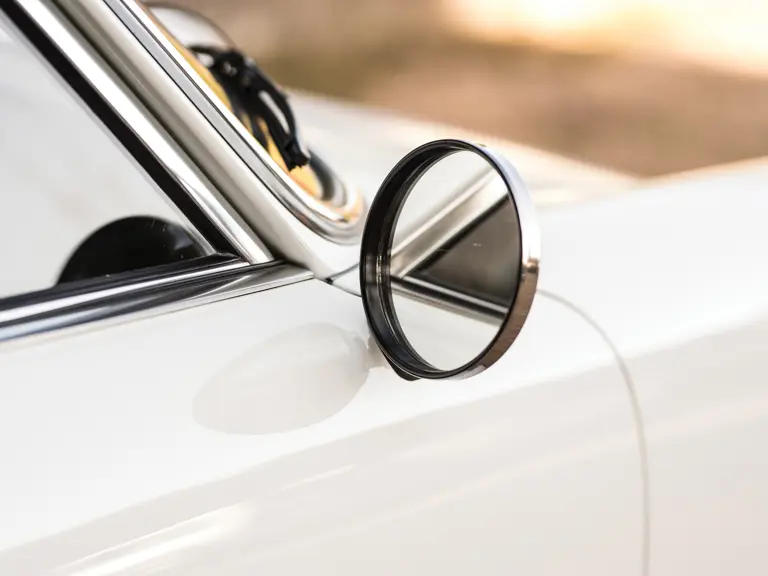
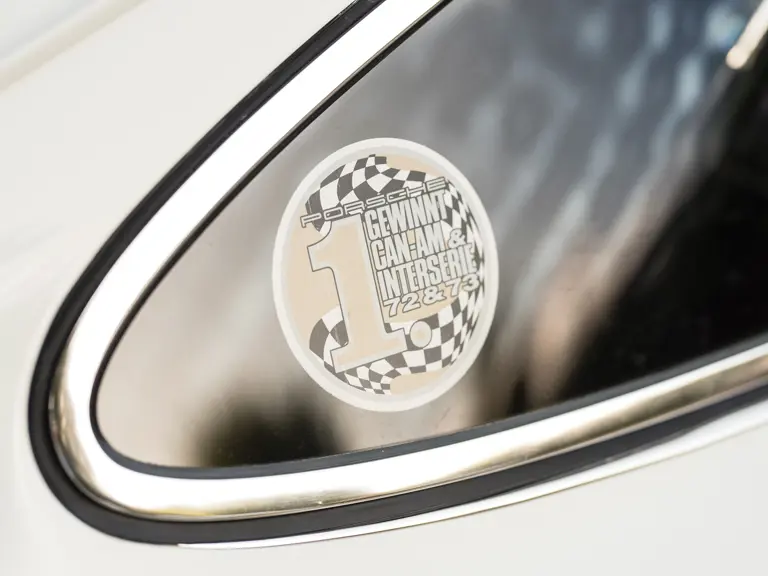
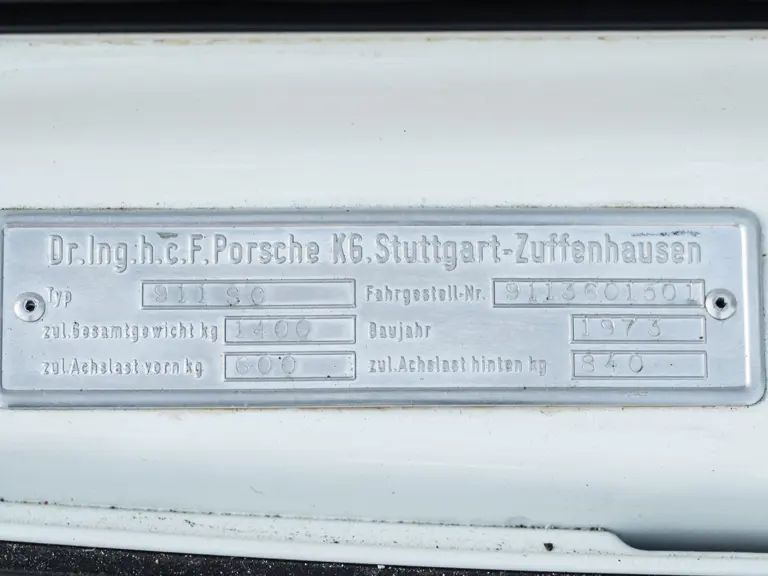
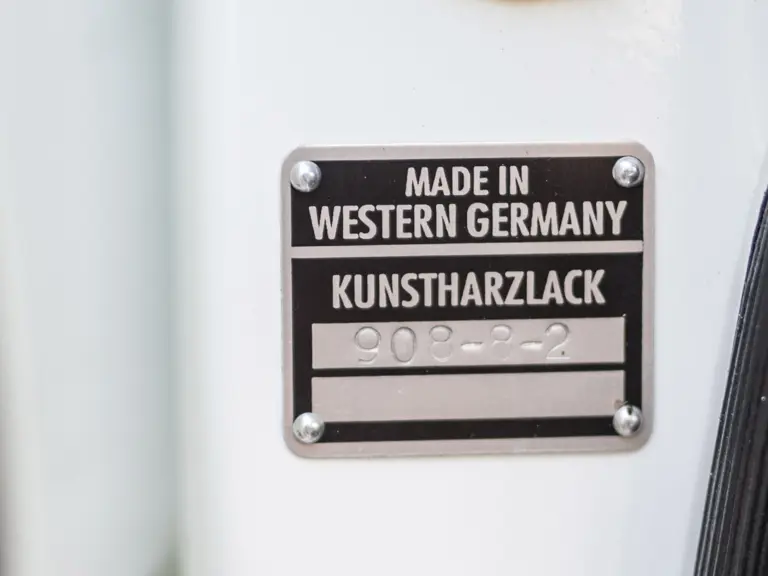

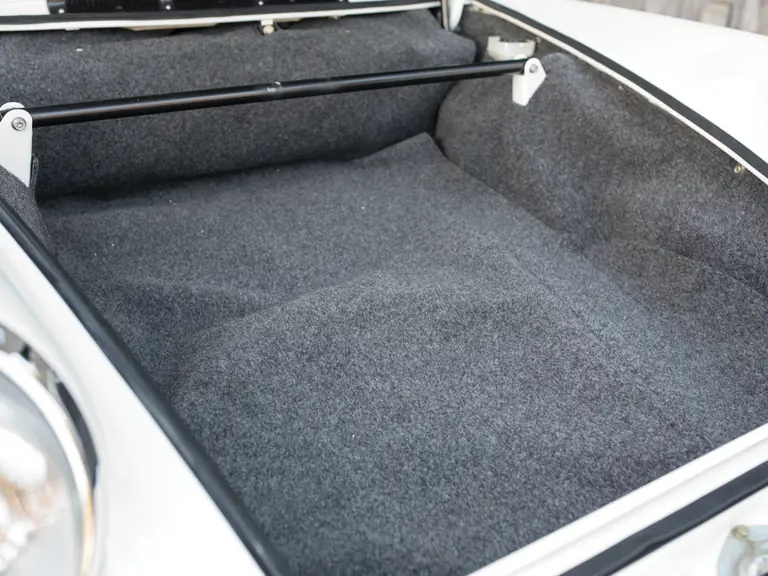

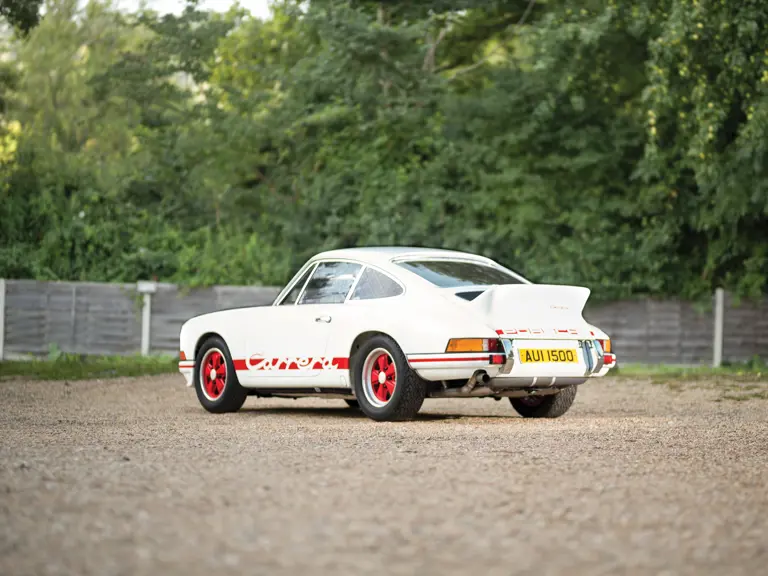
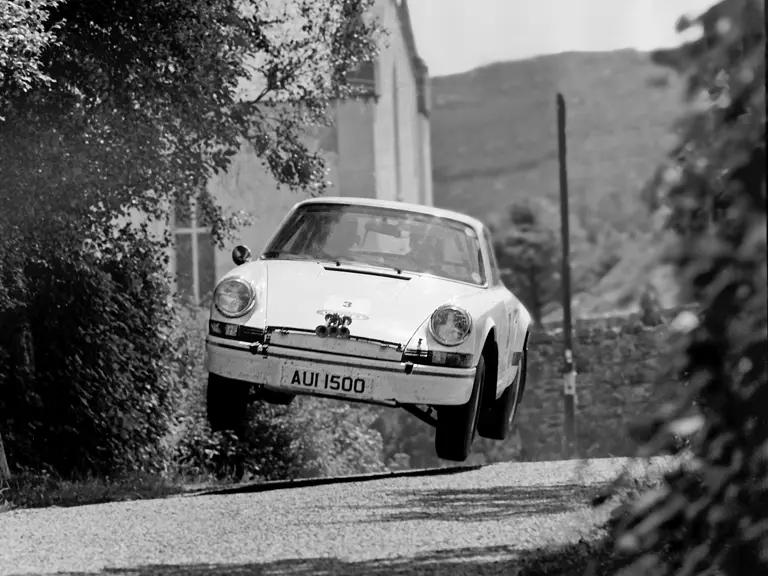
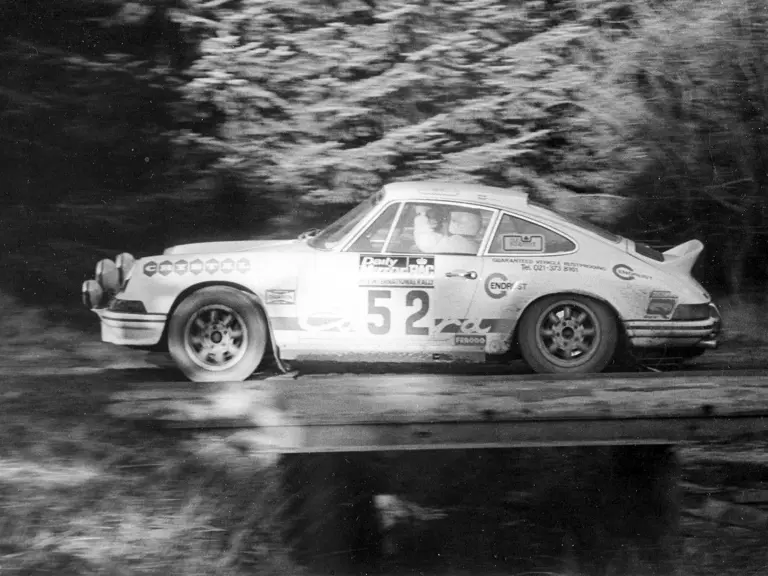

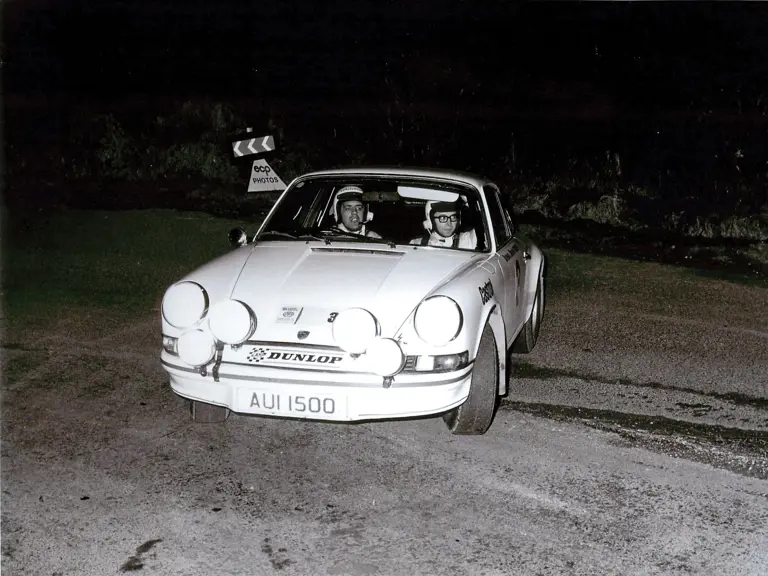

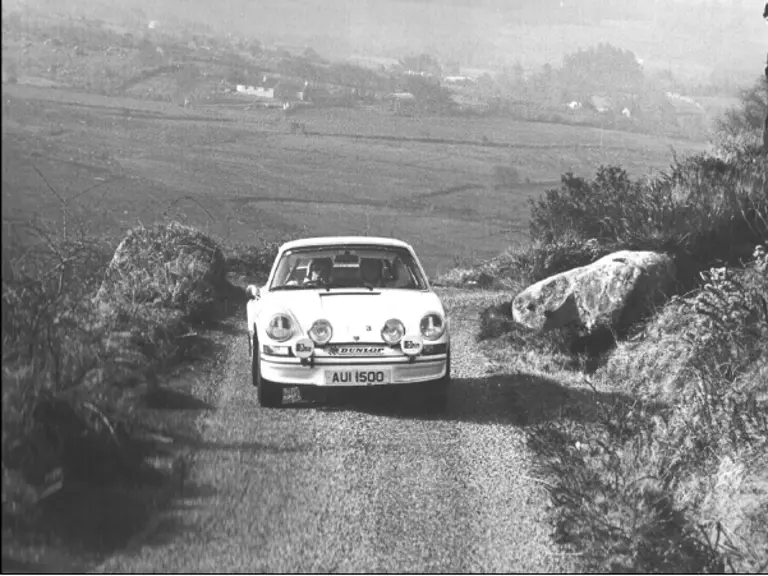
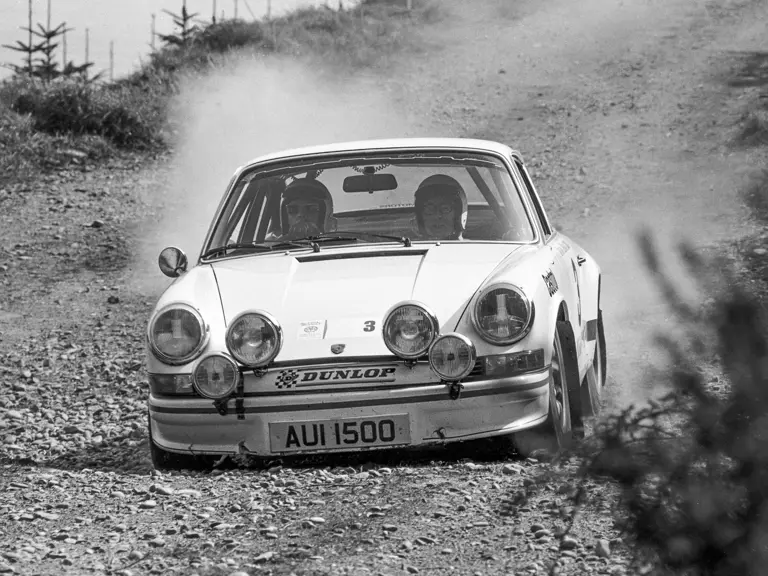
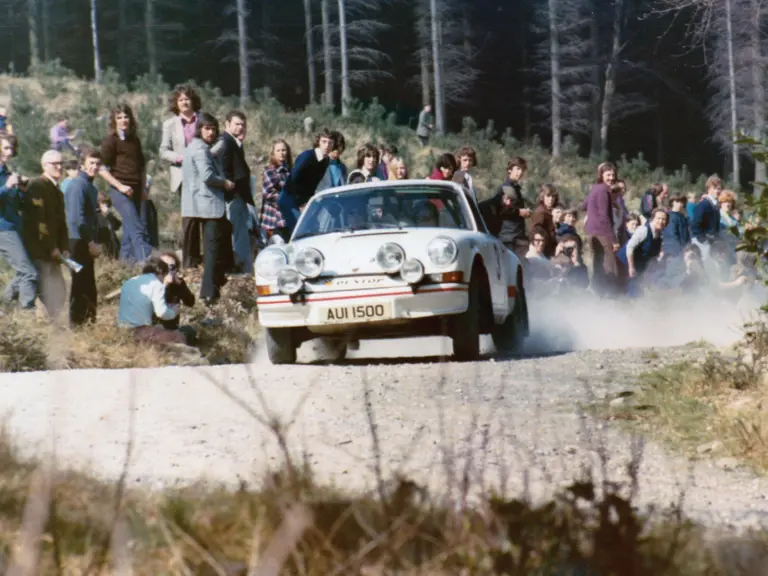
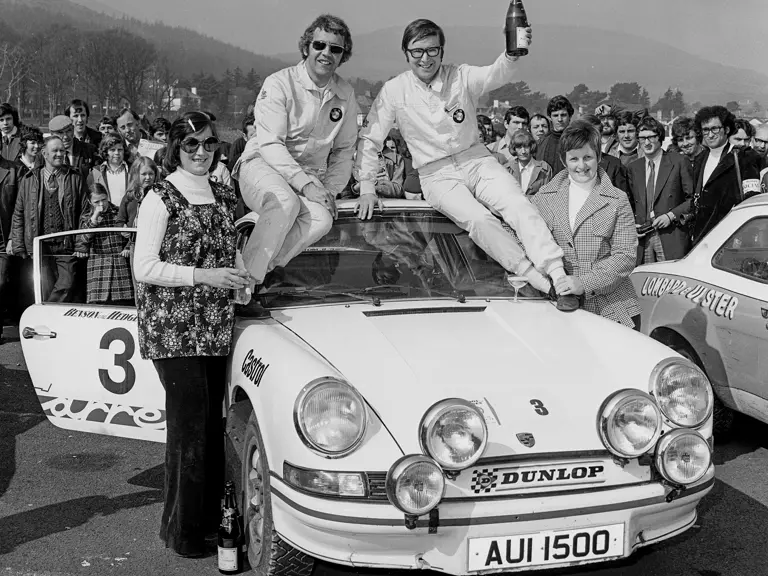
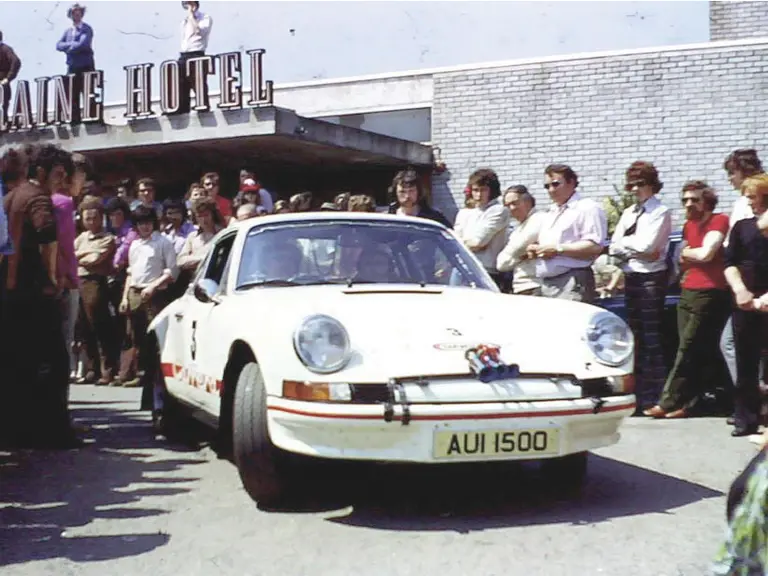
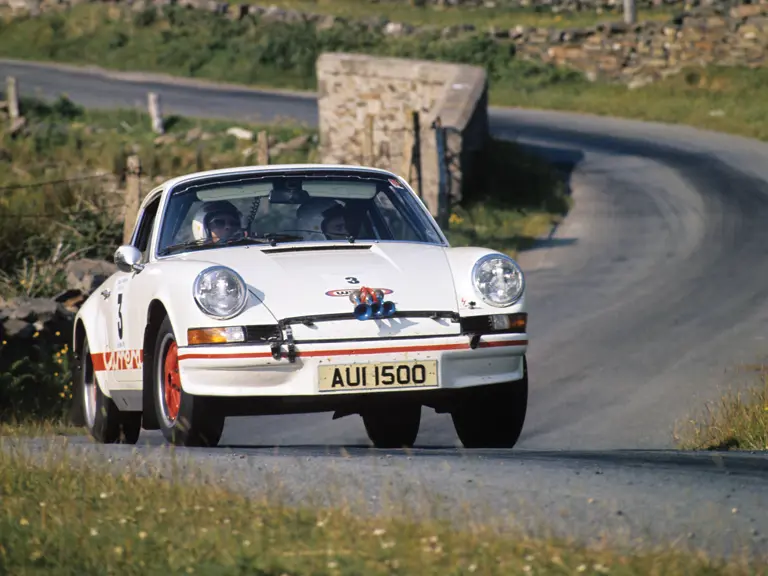
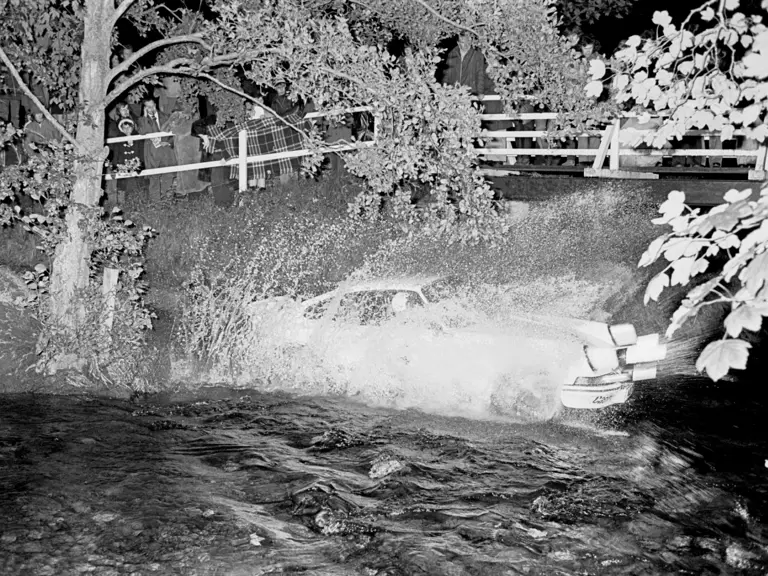
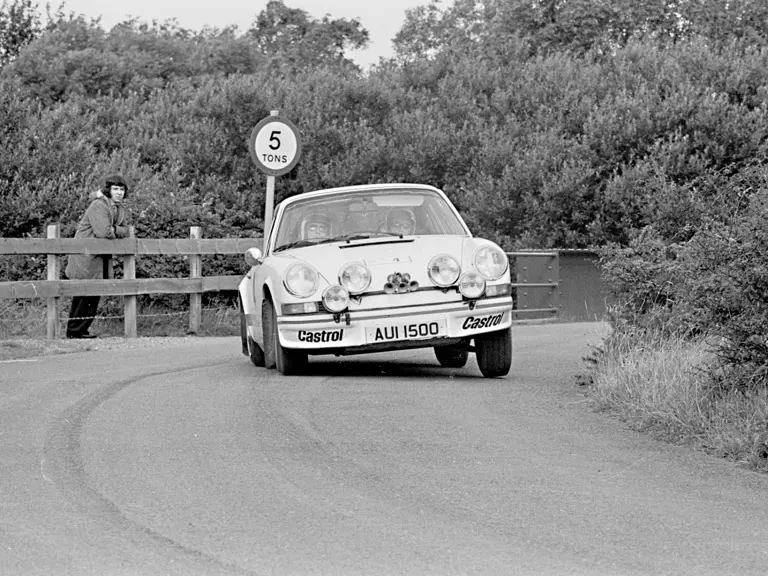
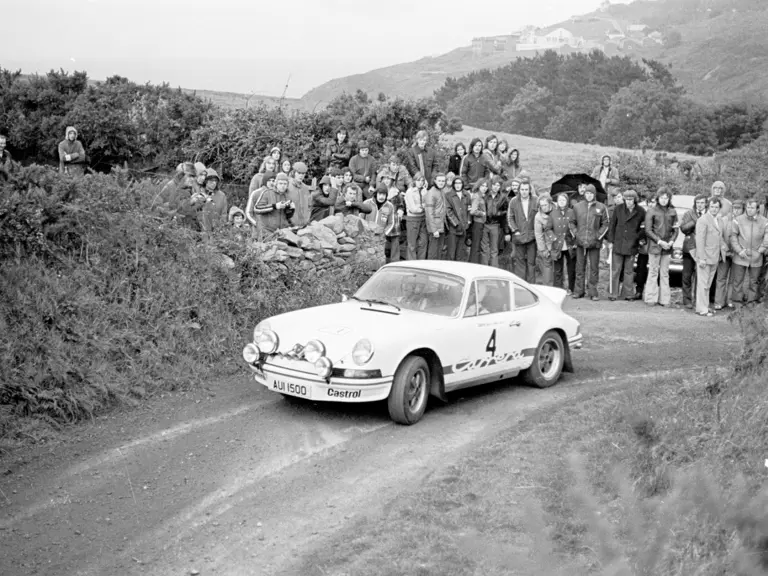
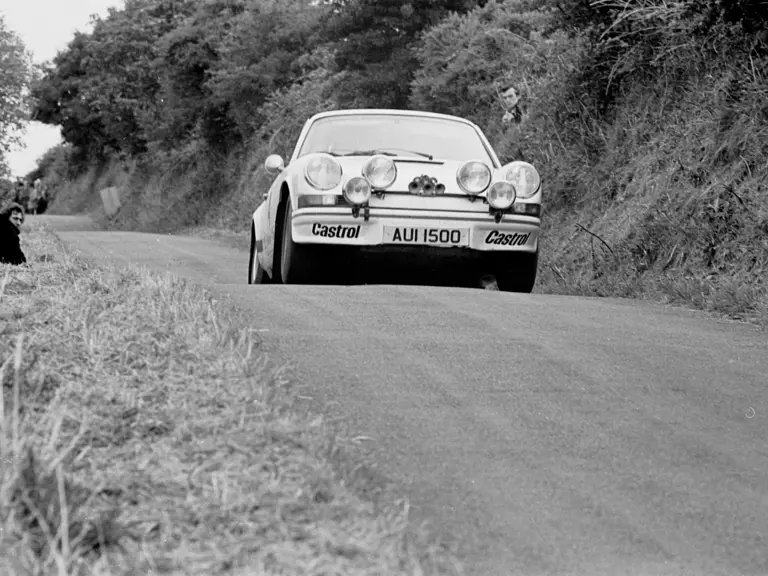
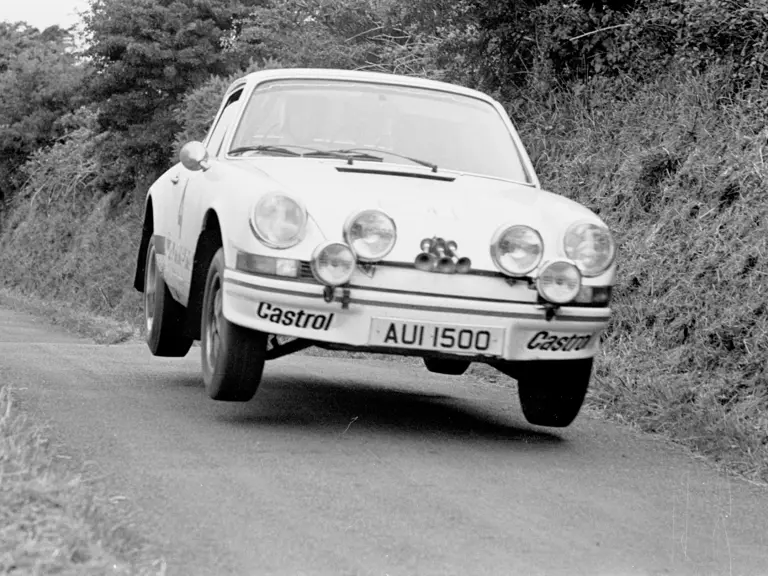
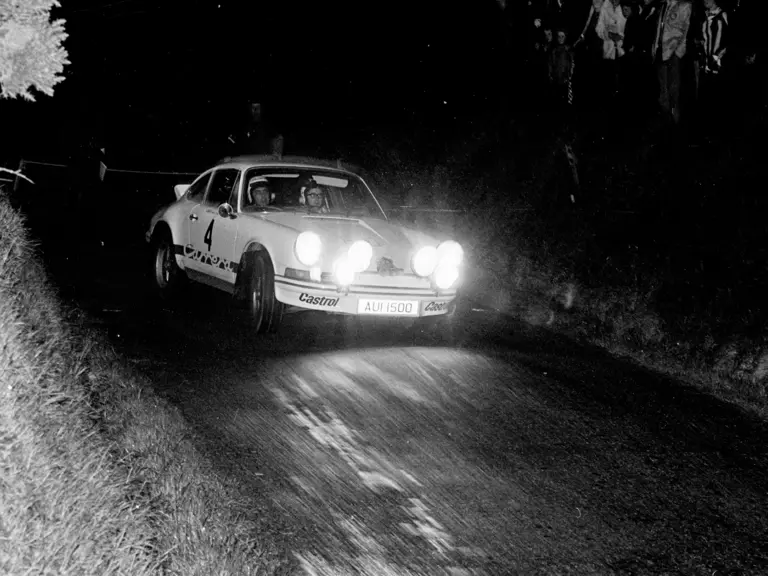
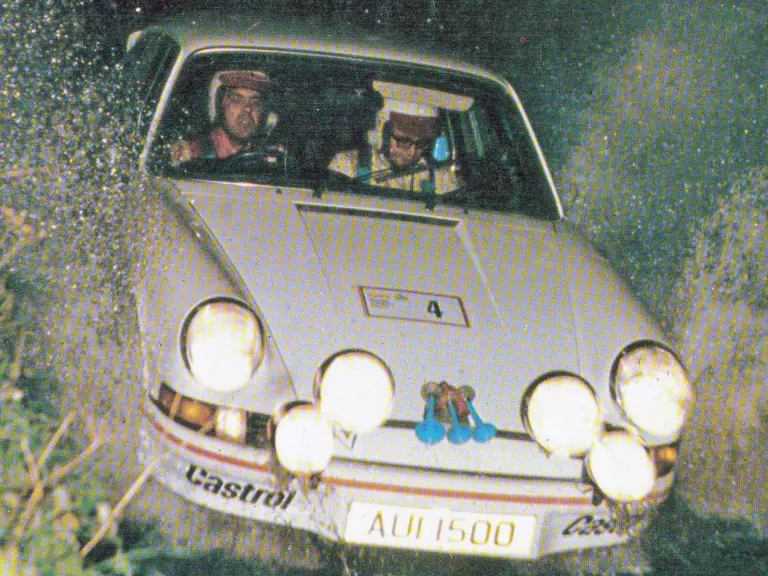
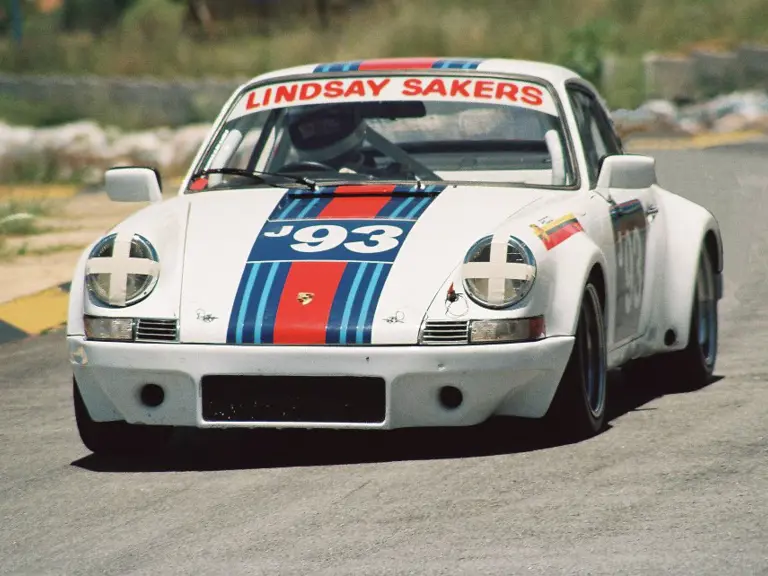

 | London, United Kingdom
| London, United Kingdom
